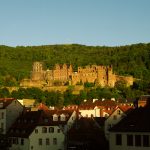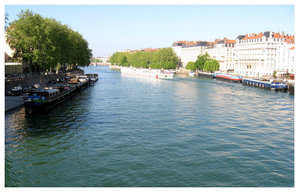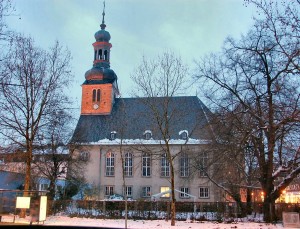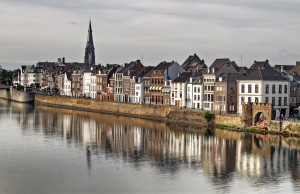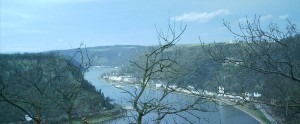Cruise through Europe in September
Summer is generally considered the beach season and prime vacation time for families in Europe. Every part of Europe has its own specific cruise season length but usually, the shoulder months offer both fair weather as well as fair prices.
When the tourists head home, and the humidity is lower, Europe offers pleasant weather across the continent. September might be an extension of summer’s oppressive heat but the weather is usually just about right.
In Western Europe, September is still considered peak season, with tourists and residents enjoying the last outdoor festivals, trade shows, and outdoor activities. While temperatures can reach up to the mid-70s, it is very pleasant for the most part. The barge and river cruise ships experience their greatest demand in September because of the mild temperatures Throughout France and Germany there are many wine festivals going on at this time and other parts of Europe are also offering many types of fall festivals. French barge cruise, German river cruise, Spain river cruise, and Douro river cruise and so on will be perfect for cruising Western Europe in September and enjoying various kinds of wine festivals, music festivals, and fall wine harvests.
Other parts of Europe such as Prague, the capital of the Czech Republic situated near Germany and Austria are also attractive destinations that can be comfortably cruised during fall.
Barge Cruises
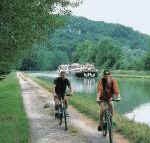 September through early October is the end of the barging season. Barge cruising is primarily in France, Germany on the Mosel in September and October; Italy on the Po River, and in Holland and Belgium. Great weather for cycling along the towpaths of the canals.
September through early October is the end of the barging season. Barge cruising is primarily in France, Germany on the Mosel in September and October; Italy on the Po River, and in Holland and Belgium. Great weather for cycling along the towpaths of the canals.
Many travelers agree that September is one of the best months for cruising Europe. The weather’s gorgeous and you’ll have an easier time getting into main attractions.
Tourist information offices normally stay open year-round but have shorter hours in the winter. Opening times are less predictable, so call ahead to double-check hours and confirm your plans!
For more information contact: Europeanbarging, 888-869-7907, jan@europeanbarging.com

